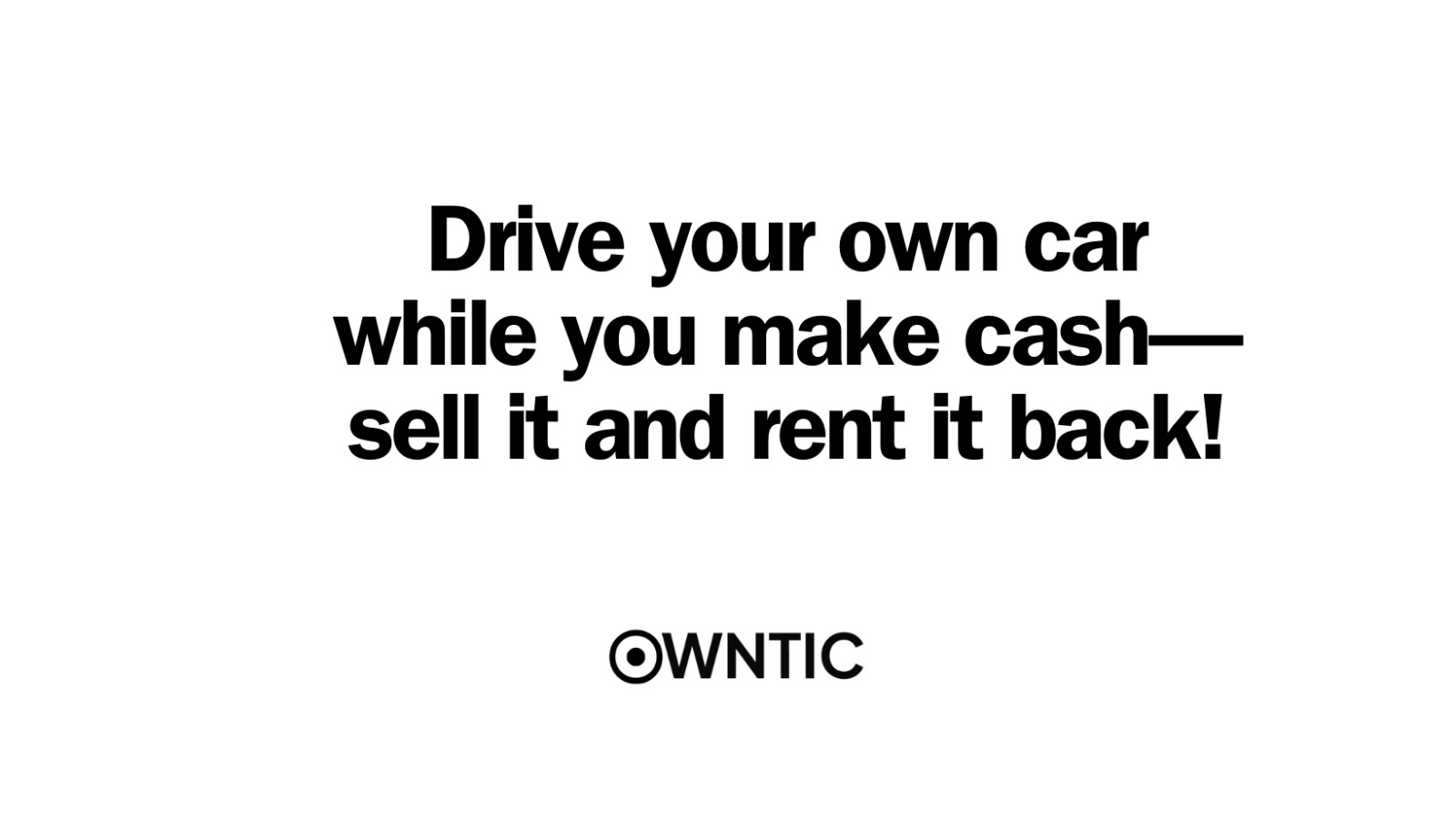In the realm of real estate transactions, a down payment represents a significant initial financial commitment made by homebuyers toward the purchase of a property.
A down payment denotes the initial cash contribution made by a buyer when acquiring a property, such as a home. It serves as a precursor to securing a mortgage loan, with the remainder of the purchase price being financed over a predetermined period. Typically represented as a percentage of the property’s total price, a down payment exemplifies the buyer’s financial commitment and initial equity stake in the acquired asset.
Do You Need to Put 20% Down on a House?
Contrary to popular belief, a 20% down payment is not mandatory for purchasing a home. While this threshold often triggers the requirement for mortgage insurance on conventional loans, various loan programs offer more flexible down payment options. In 2023, the typical down payment for first-time homebuyers stood at 8%, highlighting the feasibility of homeownership with lower initial contributions.

Minimum Down Payment Requirements by Loan Type
Down payment requirements vary across different mortgage products, catering to diverse borrower profiles and financial capacities. Here’s an overview of minimum down payment thresholds for common loan types:
Conventional Loans: As low as 3%, subject to lender discretion and borrower qualifications.
FHA Loans: 3.5% with a credit score of at least 580; 10% with a credit score between 500 and 579.
VA Loans: 0% down payment, exclusively available to eligible military service members, veterans, and surviving spouses.
USDA Loans: 0% down payment, catering to rural and suburban homebuyers meeting specified income criteria.
Jumbo Loans: Typically entail down payments ranging from 5% to 10%, contingent on lender policies and loan amounts.
Benefits of a Larger Down Payment
While low or no-down-payment options expedite homeownership, larger down payments offer several advantages:
Favorable Mortgage Interest Rates: Lenders often offer lower interest rates for borrowers making substantial down payments, reflecting reduced risk and enhanced financial stability.
Immediate Equity Accumulation: A higher down payment translates to greater initial equity in the property, augmenting long-term wealth accumulation and asset appreciation.
Reduced Mortgage Payments: Lower loan amounts result in decreased monthly mortgage obligations, alleviating financial strain and enhancing affordability.
Mitigated Fees and Insurance Costs: Larger down payments mitigate lenders’ risk, thereby reducing associated fees and insurance premiums over the loan term.
Determining the Right Down Payment
Selecting an optimal down payment hinges on individual financial goals, risk tolerance, and long-term objectives. While larger down payments confer tangible benefits, they necessitate careful consideration of liquidity, budgetary constraints, and ancillary homeownership expenses.
Reserve Funds: Retain sufficient savings for emergencies, maintenance, and unforeseen expenses post-homeownership.
Closing Costs: Factor in closing costs, typically ranging from 2% to 6% of the property’s purchase price, when assessing down payment affordability.
Long-Term Financial Planning: Balance down payment size with long-term financial objectives, ensuring sustainable homeownership and fiscal resilience.
Understanding the nuances of down payments empowers prospective homebuyers to navigate the real estate landscape with confidence and prudence. By aligning down payment strategies with individual financial circumstances and aspirations, aspiring homeowners can embark on their homeownership journey equipped with the requisite knowledge and foresight.
NOTES: Delving deeper, discernible disparities emerge across demographic cohorts, notably delineated by age groups. Analysis from the National Association of Realtors reveals a nuanced correlation between age and median down payment percentage:
Homebuyers aged 24-32: Median down payment of 8%
Homebuyers aged 24-32: Median down payment of 8%
Homebuyers aged 33-42: Median down payment of 11%
Homebuyers aged 43-57: Median down payment of 10%
Homebuyers aged 58-67: Median down payment of 20%
Homebuyers aged 68-76: Median down payment of 21%
Homebuyers aged 77-97: Median down payment of 27%
Evidently, younger buyers tend to opt for smaller down payments, reflective of evolving financial circumstances and priorities, while older demographics exhibit a propensity for more substantial initial investments.
Geographical Disparities in Down Payments
Regional nuances further underscore the variability in down payment amounts, with higher-cost states like California, Hawaii, Massachusetts, and Washington typically commanding larger initial contributions. This geographical divergence underscores the intricate interplay between local market dynamics, affordability constraints, and purchasing power.
Minimum Down Payment Requirements
The minimum down payment requisite varies across loan types, ranging from no down payment at all for VA and USDA loans to 3% for conventional loans. FHA loans necessitate a minimum down payment of 3.5%, catering to a diverse spectrum of borrowers with varying financial capabilities and credit profiles.
Thanks for reading



